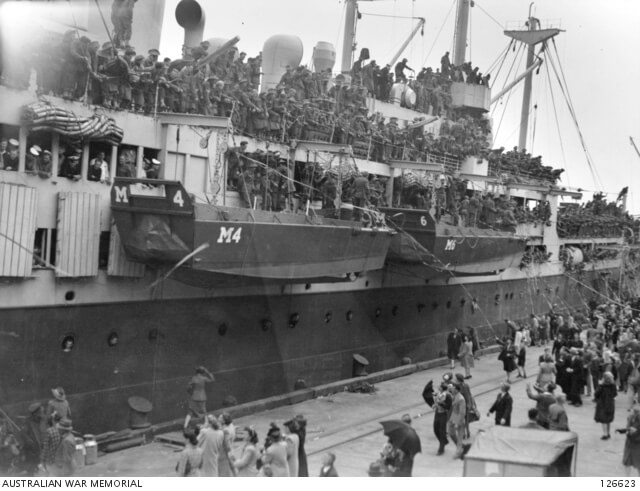

Image courtesy of the Australian War Memorial
British Commonwealth Occupation Force
1946 – 1951
Participation in the British Commonwealth Occupation Force (BCOF) marked the first time that Australians were involved in the military occupation of a sovereign nation it had defeated in war. The entire BCOF force totalled 45,000, from Britain, India, New Zealand, and Australia. About 16,000 Australians served in BCOF.
For two-thirds of the period of occupation, the Commonwealth was represented solely by Australians, and throughout its existence BCOF was always commanded by an Australian officer.
The BCOF area of responsibility was the western prefectures of Shimani, Yamaguchi, Tottori, Okayama, Hiroshima, and Shikoku Island. At the peak of its involvement the Australian component of BCOF was responsible for over twenty million Japanese citizens and 57,000 square kilometres of country.
The primary objective of BCOF was to enforce the terms of the unconditional surrender that had ended the war the previous September. The task of exercising military government over Japan was the responsibility of the United States forces. BCOF was required to maintain military control and to supervise the demilitarisation and disposal of the remnants of Japan’s war-making capacity.
Regular patrols and road reconnaissance’s were initiated and carried out in the Australian area of responsibility as part of BCOF’s general surveillance duties. The RAN component of BCOF was responsible for patrolling the Inland Sea, assisted by the RAAF.
By early 1947 BCOF had begun to decline and, by the end of 1948, was composed entirely of Australians. The force was dismantled in 1951, when the Japanese Peace Treaty came into effect.